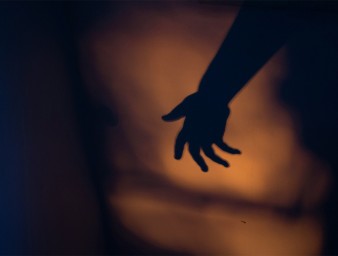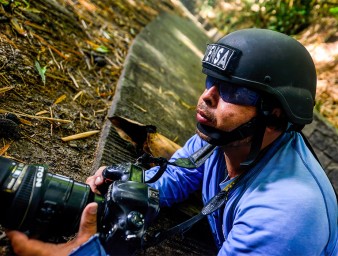“Woman, Life, Freedom” survivors want to end State impunity in Iran
26 March 2024
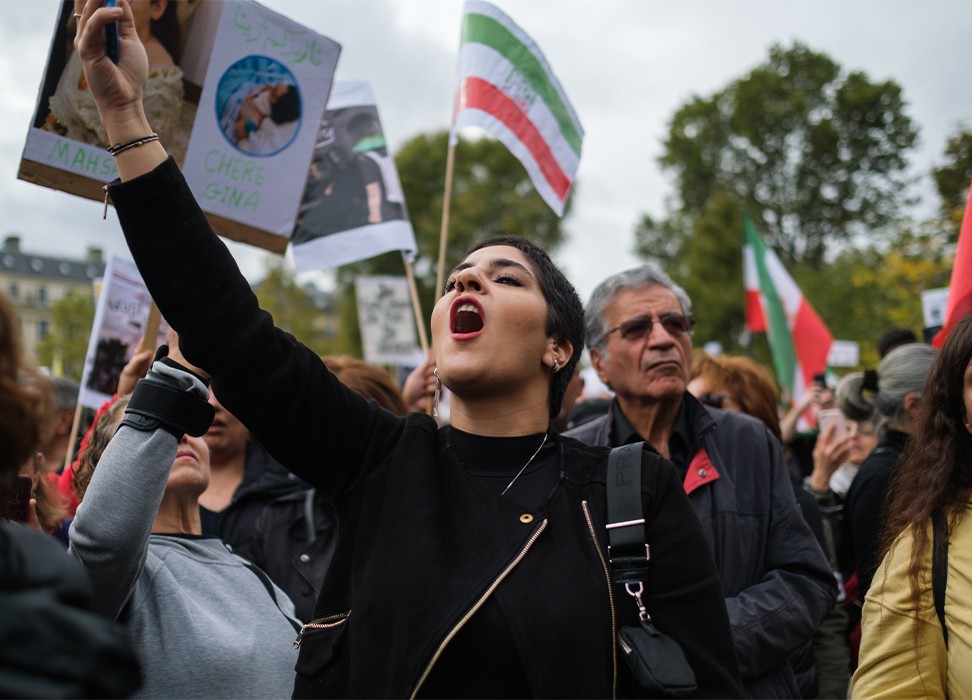
“They are separating us into two groups, as if it were them against us, as if the country belonged to them and not us,” said Behnaz Amani. “From the moment they arrested me, they kept telling me that they hoped I would leave the country and never come back because I did not deserve the respect they were showing me as a woman. But I could never see that respect.”
Amani is a former academic from Iran. She was imprisoned during the “Woman, Life, Freedom” protests that gripped the country from 16 September 2022, following the death in custody of Jina Mahsa Amini, a 22-year-old Iranian-Kurdish woman who was arrested for allegedly not observing Iran’s mandatory hijab law.
In its resolution S-35/1 adopted on 24 November 2022, the UN Human Rights Council established an independent international fact-finding mission on Iran (FFMI) to investigate alleged human rights violations related to these protests. The FFMI’s report was presented in Geneva, Switzerland, at the 55th session of the Council.
For its report, the FFMI collected over 27,000 evidence items, conducted 134 in-depth interviews with victims and witnesses, and gathered evidence and analysis from digital and medical forensic experts and experts on domestic and international law. It also reviewed official documents from the Government and 41 reports from Iran’s High Council for Human Rights and exchanged with Iran’s “Special Committee to investigate the 2022 Unrests”.
The FFMI found that the Islamic Republic of Iran was responsible for egregious human rights violations under international law, including unlawful killings and murder, unnecessary and disproportionate use of force, arbitrary deprivation of liberty, torture, rape, enforced disappearances and gender persecution intersected with discrimination based on ethnicity and religion. These violations, the FFMI found, disproportionately affected women, children, and members of ethnic and religious minorities.
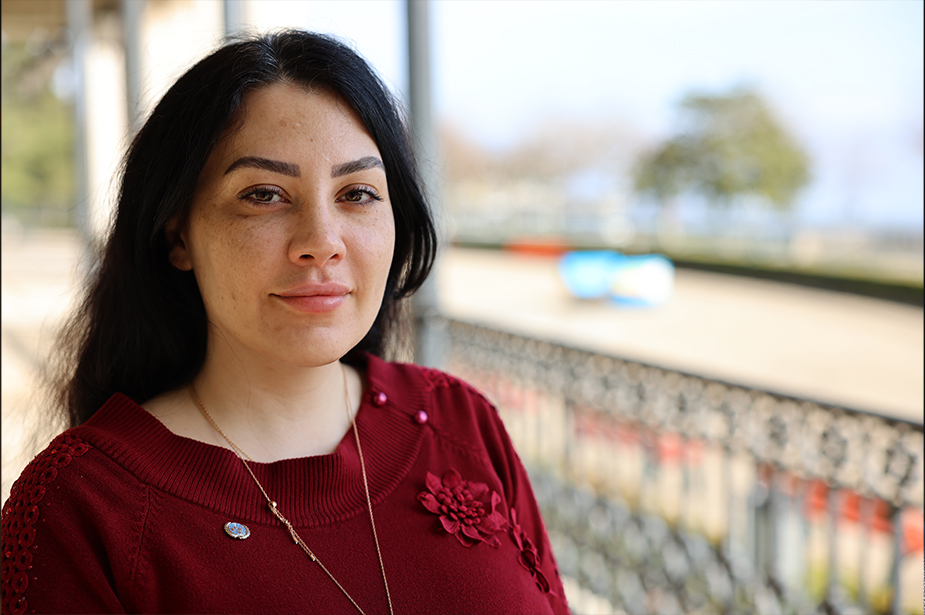
Dr. Behnaz Amani, who spent two months in prison for supporting the Woman, Life, Freedom movement, was able to flee Iran in February 2024. ©OHCHR/Petre OPREA
Amani and other survivors of the repression came to the FFMI’s presentation in Geneva. She said she wanted to make sure that she could do her part and tell the stories seldom told of ordinary women and girls, “the people who are nobodies to the world.”
“I wanted the fact-finding mission to make the Islamic Republic responsible for its inhuman actions. All of us in prison, every day, were crying or weaving our anger, our fears, our frustrations into beautiful bracelets with thread for our parents, families and friends,” Amani said. “I used to tell my cellmates that I hoped that every person responsible would have to answer for every drop of blood, for the pain that we were experiencing. All of us. And we were a lot, they cannot ignore us.”
The “Woman, Life, Freedom” protests galvanized women, men and children from various ethnic, religious and socioeconomic backgrounds, and were mainly led by women and young people. In response, the State mobilized its entire security apparatus to repress protesters. To this day, according to the FFMI, families of victims, journalists, human rights defenders, lawyers, medical doctors and others continue to be repressed for expressing their views, supporting protesters or seeking the truth and justice for victims.
To show her support to the movement, Amani signed a petition demanding the release of university students. As a result, she was first interrogated by the university’s security guards, then arrested in front of her home and sent to Qarchak women’s prison for almost two months. She is now prohibited from working or publishing in Iran and her work experience has been erased.
For Amani, the globe is witnessing its “Third World War” and the cruelty women in conflicts around the world are subjected to is almost the same. “But the solidarity is not,” she said.
Demanding accountability for the repression
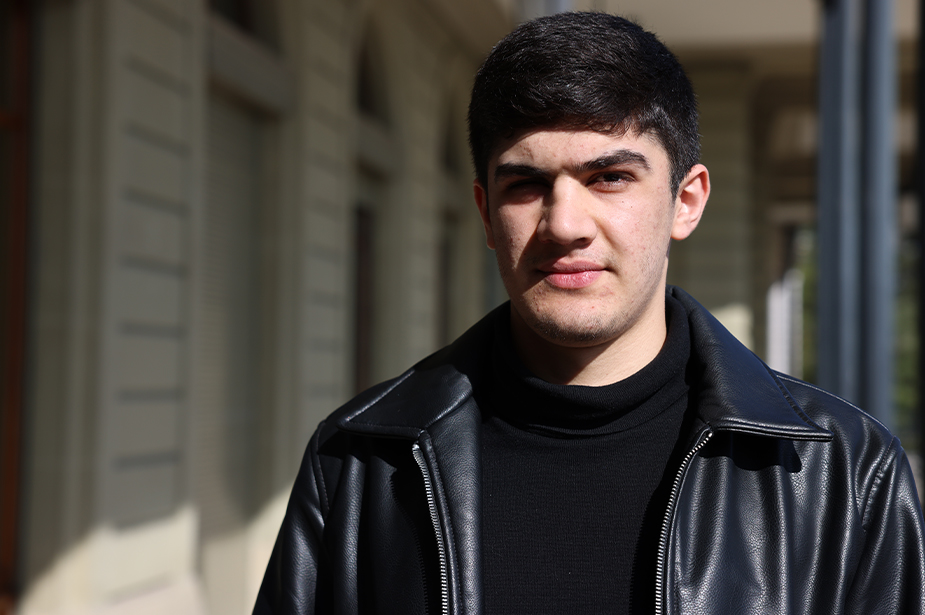
Zaniyar Tondro lost his right eye to a pellet gunshot during the protests. ©OHCHR/Petre OPREA
The FFMI established a pattern of use of lethal force by security forces against protesters in situations where there was no imminent threat of death or serious injury. It estimates that 551 protesters were killed, among them 49 women and 68 children, in 26 out of the 31 provinces in Iran. Women and men were injured in similar numbers.
In detention, State authorities tortured victims to extract confessions or intimidate, humiliate and inflict punishment. The FFMI also uncovered a pattern of extensive ocular injuries of protesters and bystanders that resulted in loss of eyesight and effectively “branding” them for life.
Zhaniyar Tondro was shot twice with pellet guns during the protests, when he was 17-years-old. He lost his right eye the second time he was shot. He remained unconscious in hospital for five days during which he experienced many epileptic seizures. Tondro now wears a prosthetic eye and lives with a bullet still lodged in his brain. He fled Iran for fear of imprisonment and was only able to see his mother and siblings once before his departure.
“Leaving Iran was like ripping a child away from its mother’s arms. It is impossible for me to stop thinking about it and about the people in my family who stayed,” Tondro said. “Apart from my mother and father who came along with me, my sister and my grandfather are still there. Every day I think about the time I will be able to go back.”
Like many survivors, Tondro, who also travelled to Geneva from his country of refuge, feels responsible for amplifying the voices of other survivors and victims of the repression in Iran. He said that the work of the FFMI was a way to expose the deeds of the Islamic Republic to the outside world.
“The biggest thing that could be done at this point to help us would be to inscribe the Islamic Revolutionary Guard Corps into the terrorist list, and to bring Iran to the International Court of Justice and prosecute everyone who shot at us,” he added.
The FFMI found that the authorities in Iran have prevented and obstructed the efforts of victims and their families to obtain redress. Victims, it stressed, face a justice system that lacks independence, transparency and accountability. The FFMI called on States to “apply the principle of universal jurisdiction to all crimes under international law without procedural limitations,” establish victims funds and provide protection, including granting asylum, to those fleeing persecution in Iran in the context of the protests.
“Women and men, boys and girls, were viciously beaten and arrested while dancing, chanting, writing slogans, or honking car horns in peaceful acts of solidarity,” Sara Hossain said on behalf of the FFMI at the Human Rights Council.
“… The courage of the victims, witnesses, and family members who have entrusted to us their stories, underscores the need for the international community to demonstrate solidarity, and to match this with concrete measures of support to victims, including by exploring avenues for justice,” she added. “Without holding accountable the perpetrators of the violations in the context of the protests that started on 16 September 2022, the cycle of impunity cannot be broken.”
Disclaimer: The views, information and opinions expressed in this article are those of the persons featured in the story and do not necessarily reflect the official policy or position of the Office of the UN High Commissioner for Human Rights.
